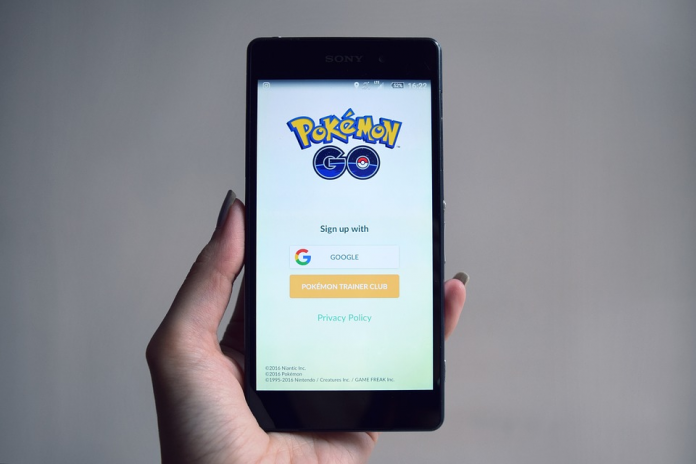
Just think how far technology has come in recent decades. Bulky brick-like mobile phones of the 1980s have been replaced with small and sleek devices whose capabilities go way beyond their name of “phone.” Thanks to technological evolution, mobile gaming has also come a long way in the last few decades.

Image source: https://pixabay.com/photos/pokemon-pokemon-go-mobile-trends-1581771/
The First Popular Mobile Game
Today, you can play video games like Fortnite and Minecraft or casino games like blackjack and roulette on your phone anytime you want. You can even look up “how to play online roulette,” and start reading the rules within seconds with a smartphone. But back in 1997, the only option for gaming on your phone was to play Snake. The game was pre-installed in the Nokia 6110 and it soon became one of the phone’s most popular features. People everywhere were regularly playing a mobile phone game for the first time. Snake proved there was a viable interest in expanding mobile phone capabilities for gaming.
Browser-based Games and Discrepancies
With the introduction of the Wireless Application Protocol in the early 2000s, mobile phones were able to access limited browser-based games. But there were lots of discrepancies in the hardware and software being used at that time, as phones had different screen resolutions, input features, and so on. Furthermore, there was a wide range of software platform standards, such as Macromedia Flash and J2ME, which further limited game portability. Gaming was further complicated in the early 2000s by the limitations of the early mobile internet. Games were typically provided by a content store via a wireless carrier. Game publishers would license their games to be included in those portals. But there were still many limitations.
The iPhone Changed Everything
So, in the early 2000s, technology had matured where it was possible to download game applications, but mainstream adoption was still limited due to the differences in different mobile devices and distributors. The introduction of the iPhone in 2007 changed all that. Its dedicated App Store enabled developers of any size to publish games for the smartphone. Among the phone’s many excellent features were its large RAM size and large screen. More complex apps were able to run and the new iOS operating system made multitasking possible. The phone also included various sensors like the accelerometer and a touchscreen that could be used with a finger. The iPhone far surpassed any other phone that was available at the time, and that was good news for gamers. Developers rushed to take advantage of the iPhone’s App Store and there was soon a plethora of games available that looked and played better on small screens than they ever had. One of the early successful games was the tile-matching game Trism, which incorporated the iPhone’s accelerometer.
The Rise of Mobile Gaming
As mobile internet became faster and more accessible in the 2010s, more and more people started playing mobile games. Now, people could find online games from numerous platforms and enjoy them as much as on their consoles. Furthermore, the internet allowed gamers to communicate and grow a community, from which things like game streaming and e-sports emerged. In terms of monetization for the mobile gaming sector, a major transition came when social-network games like Puzzle & Dragons and Candy Crush came out. The games, in which players made in-app purchases to refresh the gameplay, created revenue previously unseen in the mobile gaming sector. The games set the standard for many freemium games that came after. In more recent times, mobile gaming is evolving with location-based games like Pokémon Go and hyper-casual games. Mobile gaming technology has come a long way since Snake, and it will undoubtedly continue to evolve even more in the coming years.